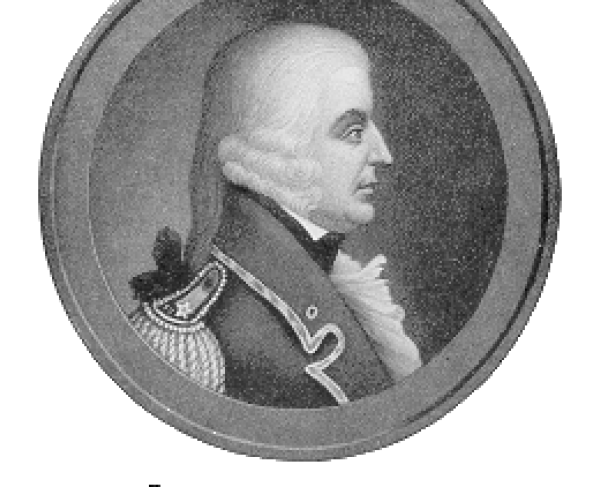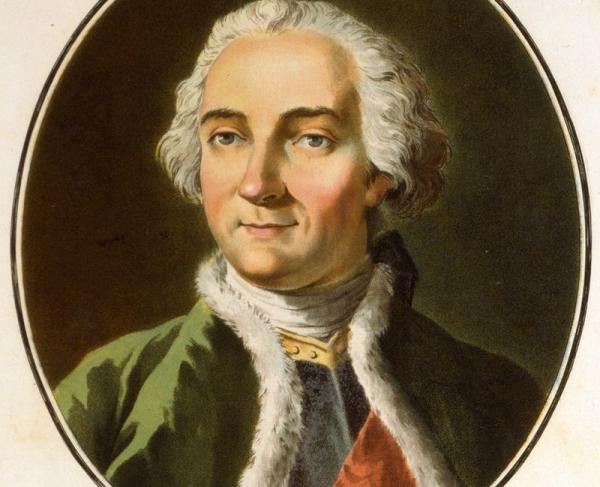Daniel Hyacinthe Marie Lienard de Beaujeu

Daniel-Hyacinthe-Marie Liénard de Beaujeu was born on August 9, 1711 in Montreal, New France. Inspired by his father’s time as a soldier, , a teenaged Beaujeu joined the army as an officer candidate. He accompanied his father to his posts in the west, such as Fort Michilimackinac in northern Michigan. When he was 25 years old, Beaujeu married Michelle-Élisabeth Foucault. They had nine children but only two reached an adulthood.
By 1746, Beaujeu was a lieutenant in the New French army. Beaujeu first took command during King George’s War. He kept a detailed journal during the ten months that it took to unite his Canadian troops with French ones in Nova Scotia. In these entries, Beaujeu described a grim battle between five hundred soldiers from New England and three hundred Native American and Canadian soldiers. In 1749, he was promoted to captain and gained authority over Fort Niagara on Lake Ontario. However, Beaujeu preferred to be stationed in the west because of the increased potential for lucrative fur trading. Because Fort Niagara was positioned between the Great Lakes native tribes, Beaujeu focused on fostering indigenous relations. He was perturbed by the Oswego tribe’s tendency to bypass Fort Niagara and trade their best products elsewhere.
In 1755 the Governor General of Canada, the Marquis La Jonquiere, dispatched Beaujeu on a five-hundred-mile journey to take over as Fort Duquesne’s commanding officer, assuming Claude-Pierre Pécaudy de Contrecœur’s position. While on this mission, the governor tasked Beaujeu with widening Canada’s range of influence to the south, ordering artillery and building a fort on his way. He was told to provide reinforcements, which proved necessary after “an enemy deserter” reported that Major General Edward Braddock was leading three thousand colonial and British soldiers toward Fort Duquesne.
After Beaujeu arrived at Fort Duquesne, the fort clamored to produce an adequate strategy to fight the incoming British enemies. In the Battle of the Monongahela on July 9, 1755, Beaujeu fielded an army of 1,500 soldiers, made up of mostly indigenous peoples, after Beaujeu appealed to the Hurons, Delawares, Abenakis, Delawares, and Ottawas to join. This group ambushed the British and American soldiers and successfully preserved French domain over the Ohio area. Amidst this combat, Beaujeu was killed early in the action by artillery. His efforts were not in vain; his death helped push his soldiers to victory. During the battle Braddock was mortally wounded, but another British officer, George Washington, survived the day.
Beaujeu was laid to rest in Fort Duquesne on July 12, 1755.
Further Reading:
“Daniel-Hyacinthe-Marie Liénard de Beaujeu” By: Malcolm MacLeod
Related Battles
1,000
90


